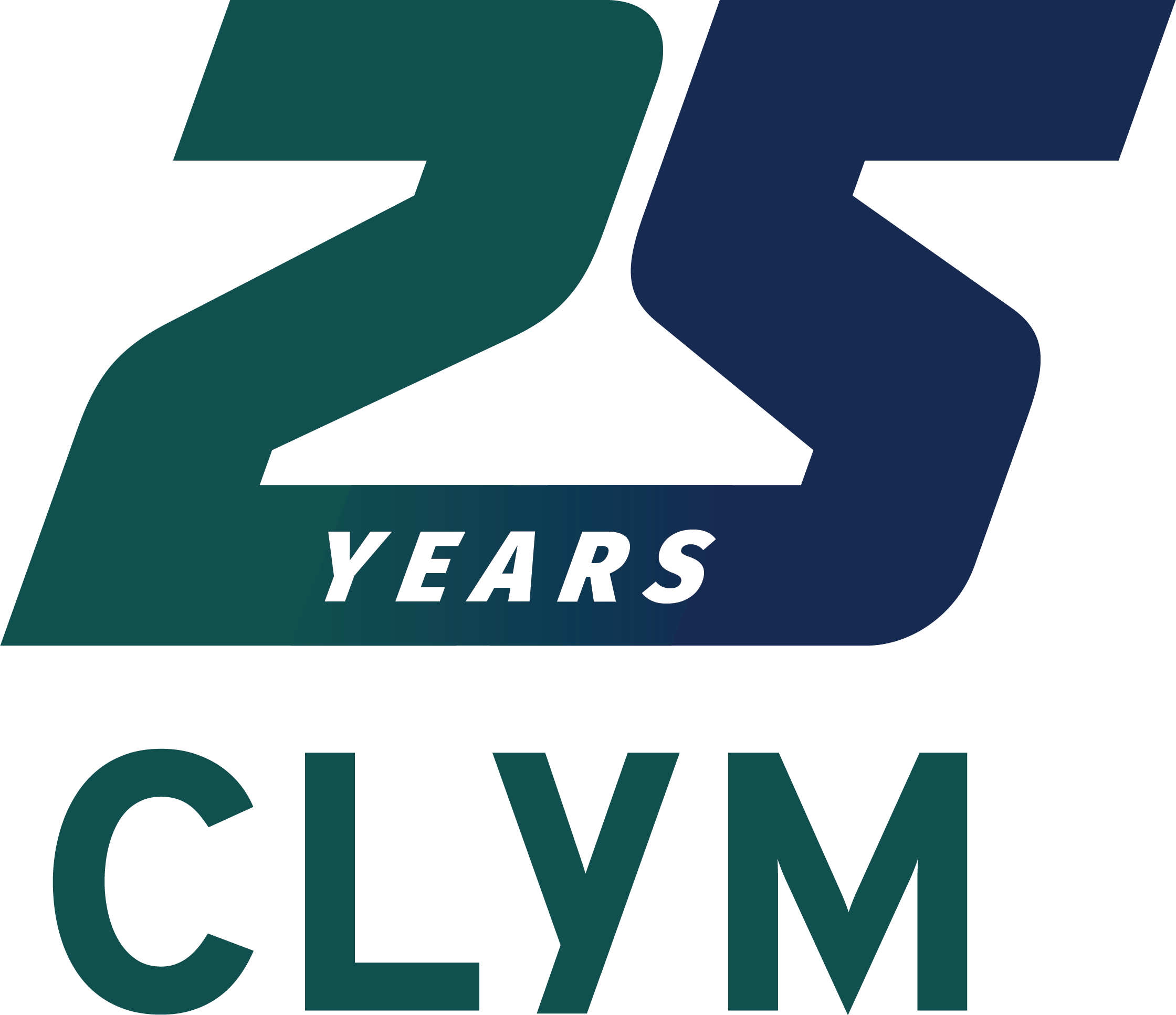
Remember the Three T’s of the old regulated medical waste (RMW) management model? Truck, Treat, and Trash. We identified ways to reduce or eliminate the need for trucking in our last post. Now we turn our attention to the treatment, or disinfection, of medical waste. After the Medical Waste Tracking Act expired in 1991, the US Environmental Protection Agency (EPA) largely ceded the regulation of medical waste disposal to the States. Treatment performance standards followed defining effective disinfection of RMW. These regulations focused solely on the potential biohazard of this waste and did not factor the potential for greater harm from the treatment process.
As an example, let’s first consider incineration. A few decades ago, medical waste incinerators were one of the most common devices used to treat RMW. Once the impact of hazardous emissions from the thermal treatment process were recognized, regulations were enacted that resulted in the closure of most RMW incinerators, but not all. The largest medical waste incinerator in the US is located in Baltimore and according to the Maryland Department of the Environment (MDE), treats an estimated 50 million pounds of RMW annually.
While the biohazard associated with RMW is eliminated via incineration, the estimated Greenhouse Gas (GHG) emissions from this process is 26,000 metric tons every year (source, MDE). Using the EPA’s Greenhouse Gas Equivalencies Calculator, we would need to add 30,000 acres of forests annually to offset this pollution. As an additional insult, MDE estimates that 40% of the incinerated RMW from this facility ends up in the landfill as ash or incompletely combusted materials—that’s 20,000,000 pounds a year!
Is there a better way? Absolutely! Clym has a safe and effective RMW treatment process that results in less than 1 percent of the GHG emissions from that incinerator (with no treated material going to landfill). Be a part of the solution and contact Clym today to find out how you can reduce the environmental impact of your RMW management.
